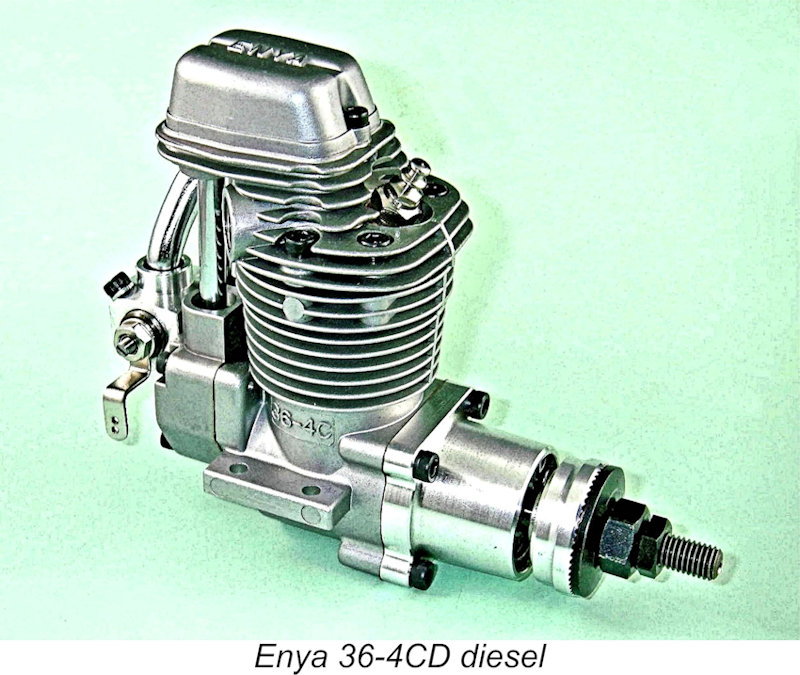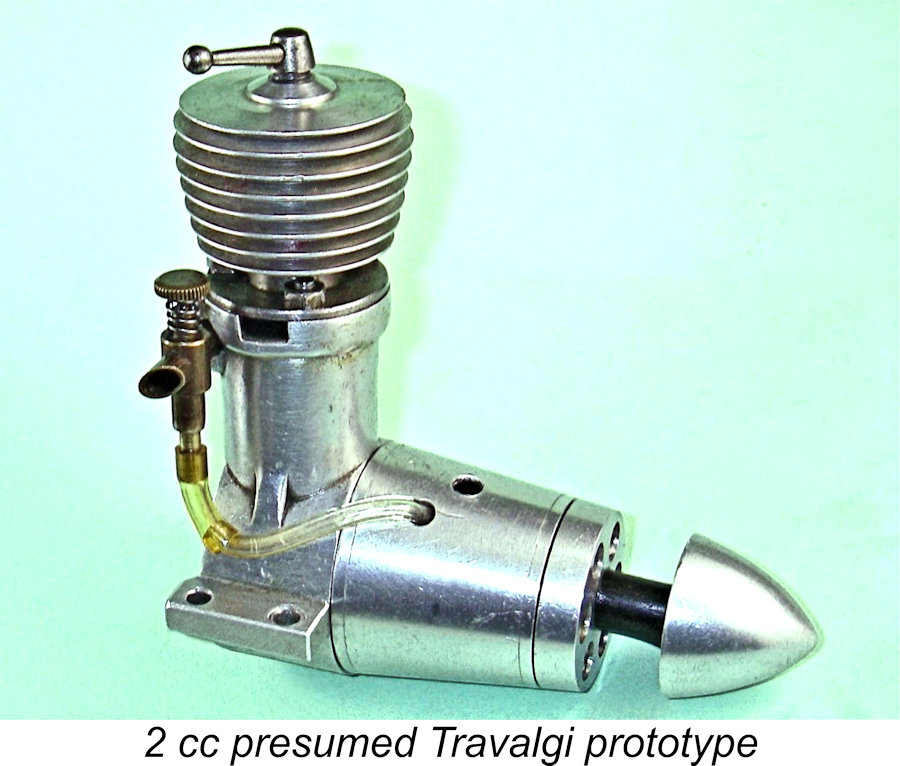
|
|
From the Editor – September 2024
Quite a lot to talk about this month, so let’s get to it! I’ll start off with a cautionary note in the spirit of “caveat empor” – buyer beware!! It’s long been widely accepted that the direct purchase of engines and other model goods from Japanese sources can be somewhat problematic for non-Japanese speakers, since communication between Japanese sellers and buyers in Western countries is usually extremely difficult unless you happen to speak the language. For this reason, relatively few Japanese residents appear as individual sellers on international venues such as eBay. Despite this, there are always loads of collectible items on the Japanese market that are of interest to collectors from other countries.
However, there’s a fly in the ointment! It appears that the Japanese have super-strict shipping laws where if anything can be construed to be a "hazardous article", they refuse to ship! Buyee.jp evidently adheres quite rigorously to this protocol, making dealing with them in relation to model engines a very hit-and-miss proposition. Several recent Western buyers of model engines through their site have subsequently been told that the engines that they have just purchased fall into the “hazardous” category, hence being “prohibited from being shipped internationally using any couriers including Japan Post (including EMS, AIR, SAL, and Seamail), DHL, FedEx, and UPS". The “hazardous” rating appears to reflect the possibility that residual oil may be present in the engine – some hazard! This posting on the RC Groups website provides far more detail on this issue. It appears that not only do the sellers refuse to ship (thereby placing themselves in the “scam” category by accepting overseas bids on items which they know in advance that they can’t ship) but they even charge the abandoned buyer for the “discarding” of his item!! Lost in the fine print of Buyee.jp’s “prohibited items” page is a restriction upon the shipping of “internal combustion engines”. The morality of them accepting bids on such engines from outside Japan given this restriction is open to question, to say the least! Their temerity in charging the abandoned bidder for the “discarding” of his item beggars belief! As I suggested earlier, buyer beware!! I'm steering clear myself ......... Some will argue that a few Japanese sellers operating on eBay somehow get around this issue, generally making their deliveries as expected. True enough, but the reality in most cases is that these sellers are operating on an ingenious system which we might call a “domino auction” arrangement. They work by scouring domestic Japanese auction sites for popular high-end collectibles (like rare Japanese model aero engines) that will appeal to overseas buyers. When they see a reasonably-priced item on offer to Japanese residents which is likely to attract attention from Western buyers even at an inflated price, they list the item on an international venue such as eBay as being available from them (even though they don’t have it in their hands), albeit at a premium starting bid and with a closing date in advance of the closure of the Japanese domestic offering. When (or if) someone bites and sends the money, they turn around and purchase the item at a significantly lower price from the original Japanese domestic site, then pass it along to the eBay buyer at the inflated price, having netted a tidy profit for themselves in the process.
The end result is that they net a tidy profit while avoiding any inventory costs – the item comes in and goes straight out again! They probably just re-label the original package!! The item gets sent regardless of any supposed shipping restrictions because otherwise they’d quickly lose their eBay status. Because of the sheer volume of shipments from Japan, no-one’s checking too closely anyway – the shipping restriction has little effect in reality. My recently-acquired New-in-Box K.O. .099 Mk. II ball-race diesel came via eBay from an experienced Japanese eBay seller with a 98.6% positive feedback rating who was clearly operating in this mode. I knew going in that I was participating in a transaction of this sort, but the very rare K.O. diesel was simply too attractive to resist, even at its steep “buy it now” eBay price. Apart from the inevitable shipping delay, I experienced no difficulty in connection with this transaction – apparently that seller doesn't pay any attention to the strict prohibition protocol – he couldn’t retain his eBay status if he did. He also communicated well in excellent English, including the note regarding the “delay”. I was happy enough with the outcome - this was the only opportunity to acquire one of these engines that has ever come my way. Please note that I’m not saying that one shouldn’t deal with such a seller – only by doing so can you sometimes gain access to a rare item like my New-in-Box K.O. Mk. II which seldom becomes available elsewhere. If you don’t mind paying a premium price, go right ahead – you’re getting something of value for your money! What they’re doing is completely legal – capitalism at its finest, in fact! Plus they are offering a service in providing access to otherwise hard-to-get items. It’s your decision whether or not to participate.
The really interesting point is the way in which this engine is marked. The name “HARUYAMA” appears stamped neatly onto the front of the crankcase (obscured by the fuel system in the attached image), while the name “PEAK” (note - a synonym for “TOP”!) appears stamped onto the left mounting lug. The serial number 138 appears on the right-hand lug.
This engine was accompanied by another 1.59 cc piston-valve sparkie which was un-marked in any way but appears to be another Haruyama model, albeit having a slightly different external appearance. In addition to the integrally-finned cylinder, piston valve, screw-in brass intake, screw-on back tank, copper I actually made the time to give both of these fascinating and extremely rare little engines a few runs using an 8x6 Top Flite wood prop – who can resist trying engines this cute?!? The tiny filler holes in the fuel tanks required me to use a fine-tipped syringe for filling. I had to re-cut the thread on the short-reach AC spark plug which accompanied the second engine – some previous owner had tried to force the ¼-32 AC Both of the little piston-valve sparkies proved to be very easy to start, also running unexpectedly strongly on my usual 75/25 white gas/mineral oil fuel. The piston valves and the timers performed flawlessly in both cases - compression seal in both engines was outstanding, while operation was absolutely smooth and mis-free. The Haruyama “PEAK” unit turned the test prop at a smooth 7,100 RPM (around 0.065 BHP at that speed), while its un-marked partner was only around 400 RPM down, spinning the 8x6 at 6,700 RPM. Pretty good for a pair of early post-WW2 sparkies of this displacement! Both engines displayed more than enough "urge" to fly a lightweight sport model provided that a suitably lightweight airborne ignition support system could be arranged.
I also managed to put a few runs on my example of the very rare Thorning 2.5 cc prototype model from Denmark, thus attending to a little unfinished business. The engine is a bit on the worn side, but it started and ran OK, albeit a little down on power compared to the subsequent production version. I’ve added the information to my article on the Thorning 2.5 models, thus finally completing that article. Regular readers will recall last month’s article on the As he manages to do so frequently, my good friend and valued informant Gordon Beeby of Australia contacted me with yet another item of information which adds to our knowledge. His eagle eye spotted an article in the June 1947 issue of “Air Trails” which included irrefutable Gordon also spotted a 1961 ad for an engine called the “Hill Special” diesel, which was offered in both standard and R/C versions during that month only. This suggests that there may have been more than one example of the “prototype model” which I tested in connection with my article on the Hill engines, also implying that what I’ve called the “prototype model” may have been designated correctly as the “Hill Special”. I’ve added this information to my earlier article – it may be found at the end of the section describing the “prototype model”. Again, my sincere thanks to Gordon, whose vigilance never ceases to amaze me! Still on the topic of article updates, I heard from my valued English friend and colleague Marcus Tidmarsh, who had uncovered a good deal of information about the Bi-Metals company of 1A Balfour Mews, Bridge Road in Edmonton, North London who served as the spare parts and service providers for the King range. It turns out that this company were most probably the actual manufacturers of the Kingcat and Glo-Cat engines. They had certainly been involved previously with the manufacture of the MERCO range. I’ve updated both the Kingcat/Glo-Cat and MERCO articles to reflect this enhanced understanding. Big thanks to Marcus!
Olli-Matti has broken the engine in, and reports that it turns an APC 7x3 airscrew at over 23,000 RPM. A video of the engine running may be found here. Olli-Matti has to be one of the world’s most talented home constructors, and this latest creation upholds his status extremely well! He says that he may make an ABC piston/cylinder set for this engine sometime. Stay tuned, sports fans…………. I heard from my fellow VGMC club-mate Kelley Crozier that he has tested a very simple approach to the brewing of fuel for glow-plug engines. Pure methanol has become quite challenging to obtain, so Kelley tried a fuel made up from methyl hydrate, a common household solvent obtainable at quite reasonable cost from any hardware store. It turns out that methyl hydrate is more or less indistinguishable from pure methanol. Kelley Turning now to the articles for this month, the first all-new piece deals with the very rare E.R.E. 2.48 cc diesel produced in small numbers in 1948 by Henri Baigent of Bournemouth in England. Baigent had been involved previously with the better-known B.M.P. 3.5 cc diesel which has been covered elsewhere. My second all-new article is one with a rather unusual slant. Most of my diesel-oriented readers will doubtless be familiar with both the Czech MVVS 25-D diesel of 1958 and the Ukrainian-made Kharkov MK-2.5 of 1960 which was a virtual clone of the MVVS. Many people, including myself, have wondered how well the Ukrainian copy withstood comparison with its Czech progenitor. The MEN transfer article for the month deals with one of the more unusual and innovative model diesel series of my acquaintance – the Enya 4-stroke diesels. While four-stroke technology had been tried previously with compression ignition (and has been again since), the Enya 4-stroke diesels were the first such units to be offered commercially. Well worth a look! Readers will recall my reference in last month’s Editorial to a then-unidentified early diesel apparently from Italy. I’ve That’s about all for this month. I can’t make any firm promises to get anything out for October, but I will promise to give it a try. Given my medical situation, it seems quite likely that the site will become frozen at some point, at least for a while, but I’ll keep going as long as I can – doing so helps to divert attention away from less positive issues! I’ll keep you all posted on any significant developments. In the meantime, I really appreciate all the expressions of support and encouragement that I continue to receive from so many of you! Take care, and I’ll see you again soon! Adrian Duncan British Columbia, Canada ___________________________________ Note regarding material to be found on this site - unless specifically otherwise noted, all images and text which appear on this site are my own work, and I hereby assert my right to be recognized as the originator of this material. For the record, this material is made freely available to all upon two firm conditions:
|
| |
 Greetings to one and all! Well, here I still am, just getting on with life while continuing to undergo treatment for my medical issues. So far, things are continuing to go well, and I still have every hope of a complete recovery down the road. My date for surgery appears to be edging closer – I’ll keep you informed. Meanwhile, I’d like to extend my very sincere thanks to all of you who have written in over the past months to wish me well. Means a lot to me ………….
Greetings to one and all! Well, here I still am, just getting on with life while continuing to undergo treatment for my medical issues. So far, things are continuing to go well, and I still have every hope of a complete recovery down the road. My date for surgery appears to be edging closer – I’ll keep you informed. Meanwhile, I’d like to extend my very sincere thanks to all of you who have written in over the past months to wish me well. Means a lot to me …………. Recognizing this problem, a few enterprising Japanese individuals set up indigenous Japanese auction "buying/shipping services" supposedly aimed at Western buyers.
Recognizing this problem, a few enterprising Japanese individuals set up indigenous Japanese auction "buying/shipping services" supposedly aimed at Western buyers. 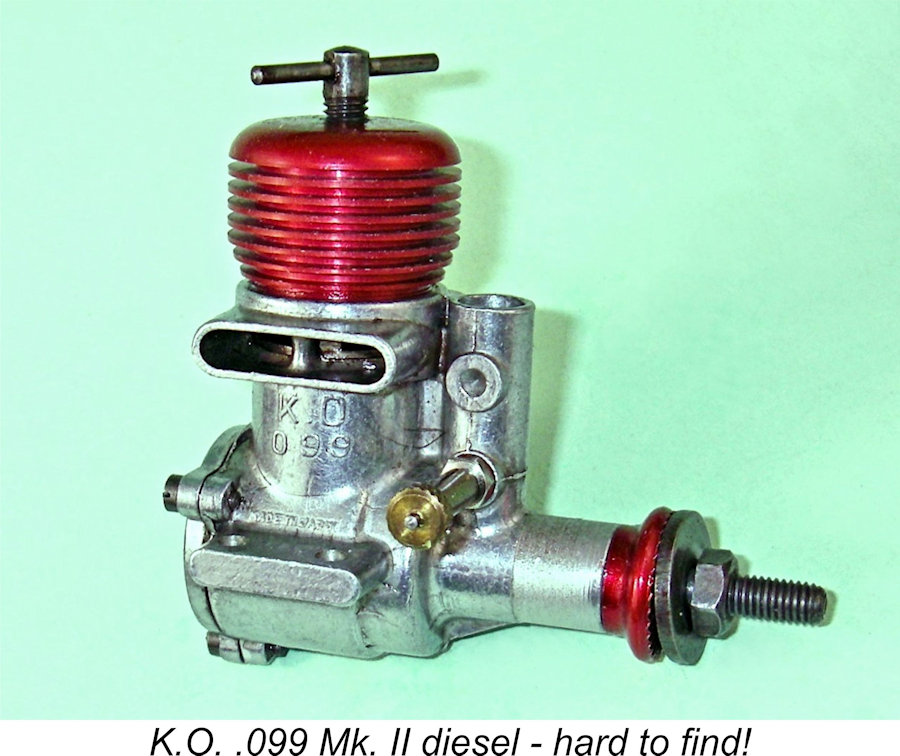 The give-away here is that when you send the money to such a seller, you generally get a message back saying that there will be a delay while the item makes a trip from their “other warehouse” to their shipping centre. In reality, they need the time to complete their domestic purchase and receive the item from the original Japanese seller!
The give-away here is that when you send the money to such a seller, you generally get a message back saying that there will be a delay while the item makes a trip from their “other warehouse” to their shipping centre. In reality, they need the time to complete their domestic purchase and receive the item from the original Japanese seller! 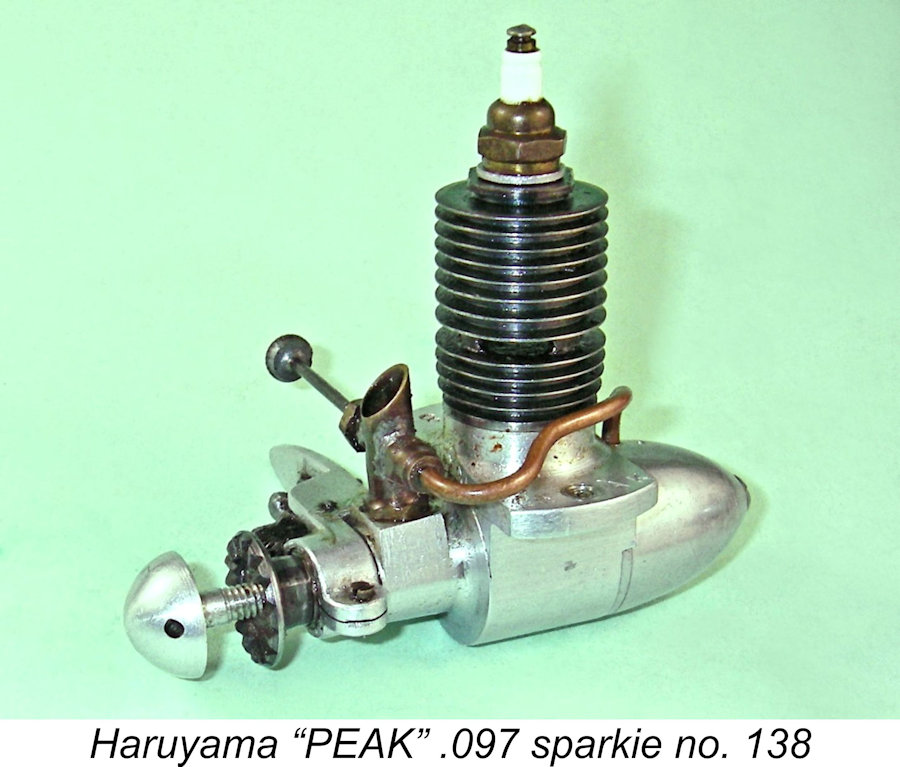 Speaking of rare Japanese engines, there were a couple of such arrivals this month (from a North American source!) which appear to me to have some historical significance. I took delivery of a pair of really neat little .097 cuin. (1.59 cc) Japanese piston-valve spark ignition motors. One of them appears to be more or less unused, complete with its seemingly new 6 mm Japanese spark plug. This one looks for all the world like a reduced-scale early post-WW2
Speaking of rare Japanese engines, there were a couple of such arrivals this month (from a North American source!) which appear to me to have some historical significance. I took delivery of a pair of really neat little .097 cuin. (1.59 cc) Japanese piston-valve spark ignition motors. One of them appears to be more or less unused, complete with its seemingly new 6 mm Japanese spark plug. This one looks for all the world like a reduced-scale early post-WW2 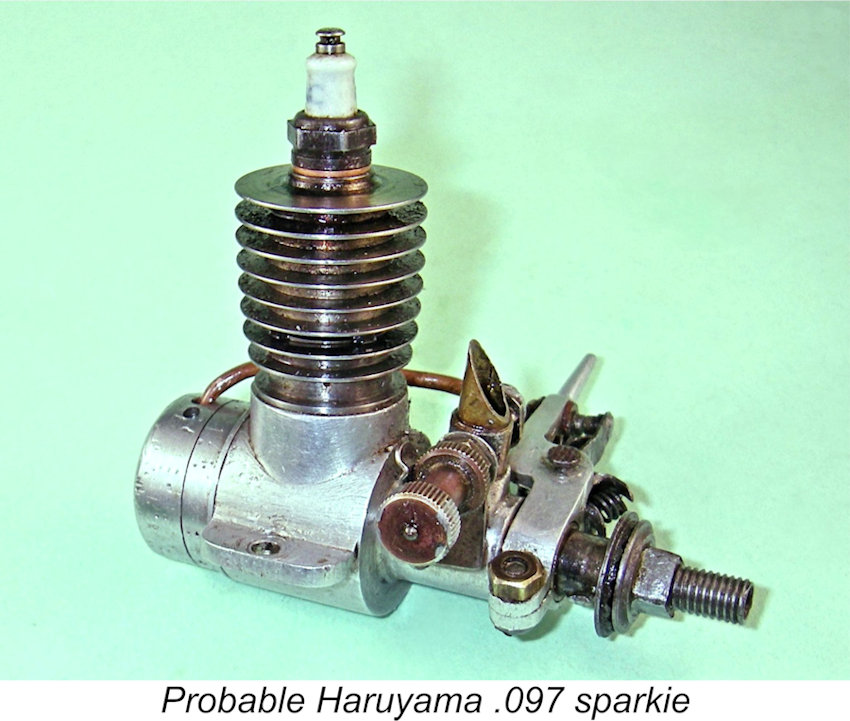
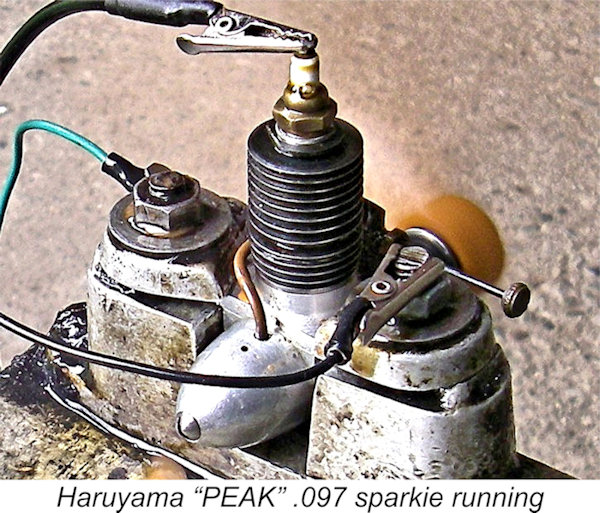
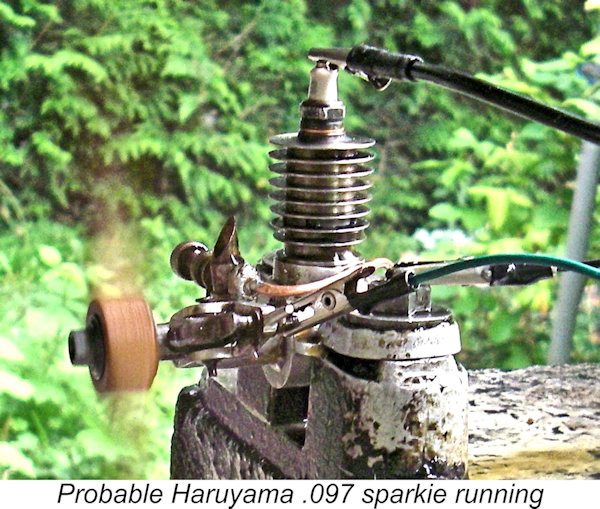
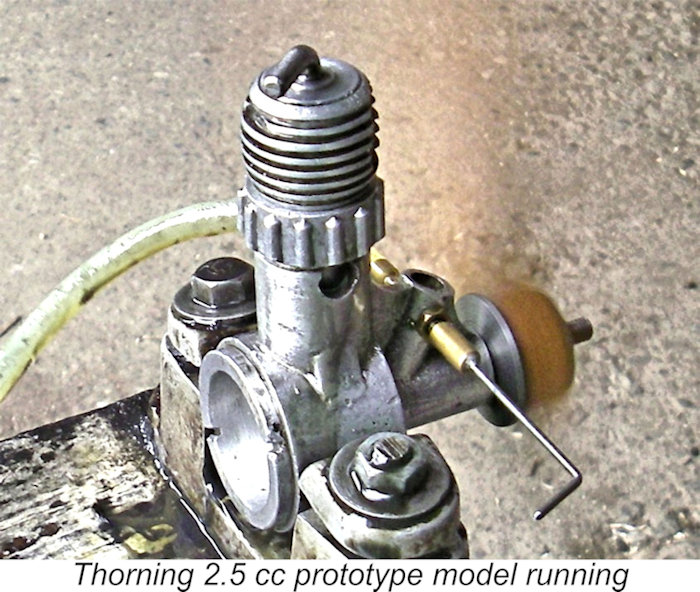 I have an article on the Haruyama engines in preparation for future publication on this website – an interesting and well-made line of classic model engines which seem to be largely forgotten today, a fate which they definitely do not deserve.
I have an article on the Haruyama engines in preparation for future publication on this website – an interesting and well-made line of classic model engines which seem to be largely forgotten today, a fate which they definitely do not deserve.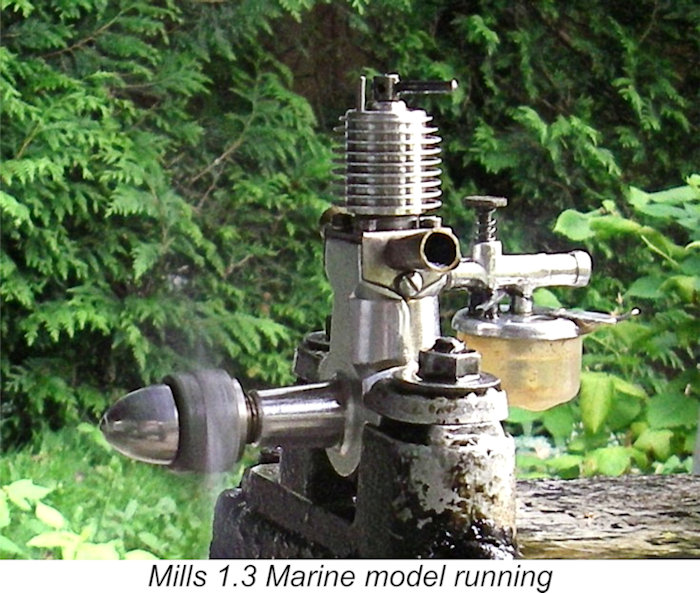
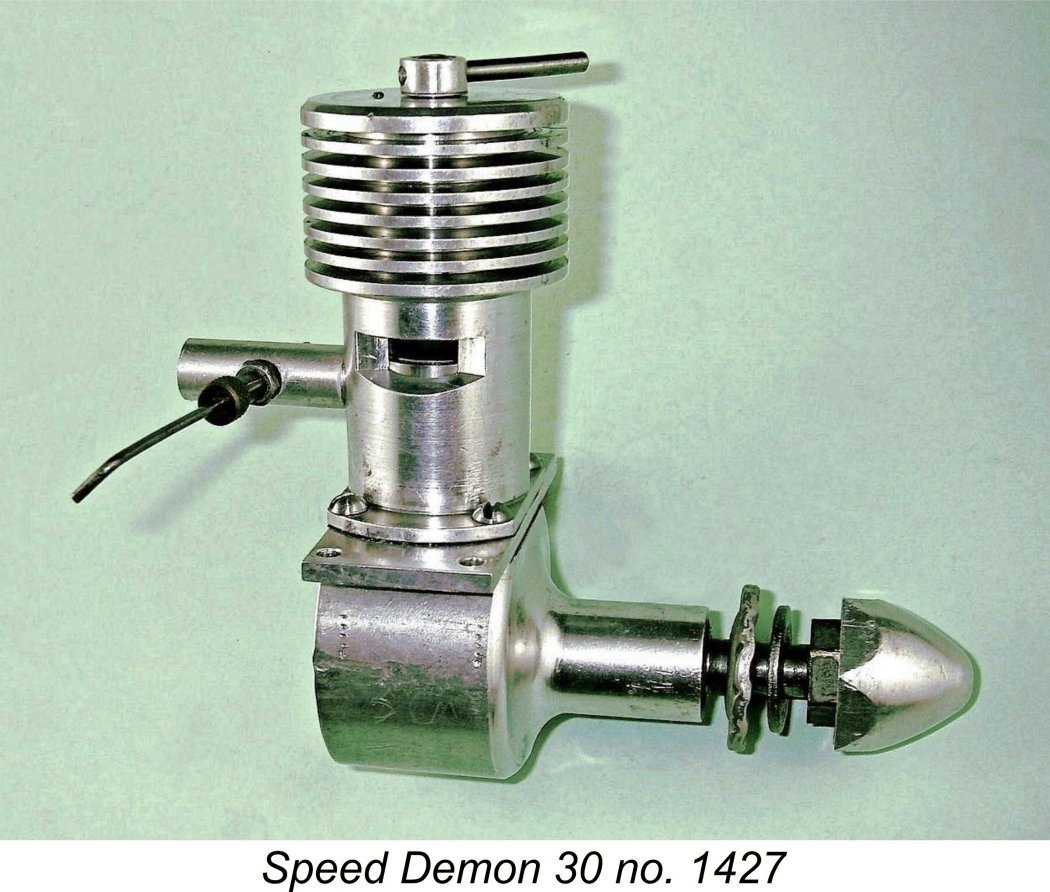 evidence that the
evidence that the  My valued friend Olli-Matti Karhunen of Finland was back in touch with news of his latest home construction project. He got in touch with Johnny Shannon of Texas, who supplied details of the DJS 15 open-exhaust racing glow-plug engine which Johnny had manufactured in past years. After Johnny supplied original DJS castings plus sketches, Olli-Matti completed the superb re-creation of this engine seen at the left using an iron-and-steel piston/liner combination. A full record of this project may be viewed
My valued friend Olli-Matti Karhunen of Finland was back in touch with news of his latest home construction project. He got in touch with Johnny Shannon of Texas, who supplied details of the DJS 15 open-exhaust racing glow-plug engine which Johnny had manufactured in past years. After Johnny supplied original DJS castings plus sketches, Olli-Matti completed the superb re-creation of this engine seen at the left using an iron-and-steel piston/liner combination. A full record of this project may be viewed 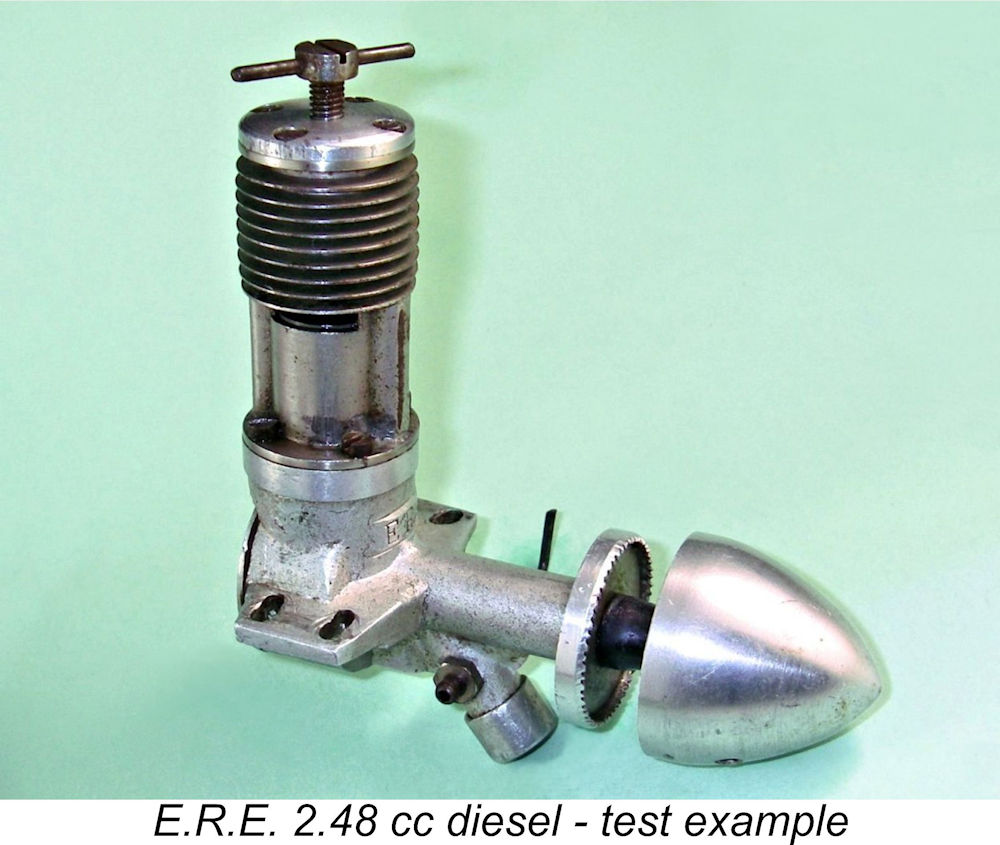
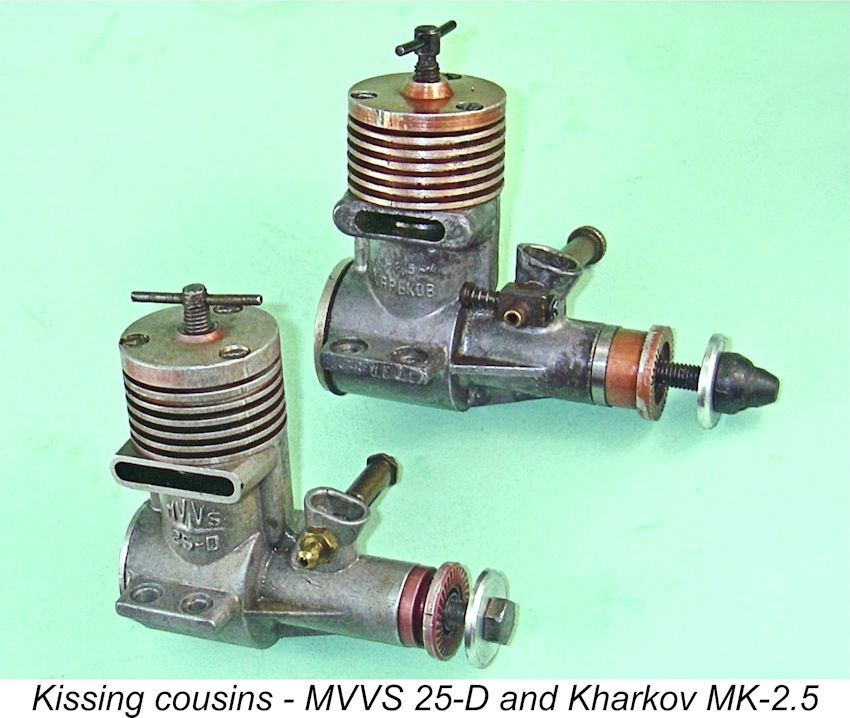 The E.R.E. was his final venture into the field of model engine manufacture before he began to specialize in making the superb scale model cars for which he is best remembered today. I think that you’ll enjoy reading about this one!
The E.R.E. was his final venture into the field of model engine manufacture before he began to specialize in making the superb scale model cars for which he is best remembered today. I think that you’ll enjoy reading about this one!